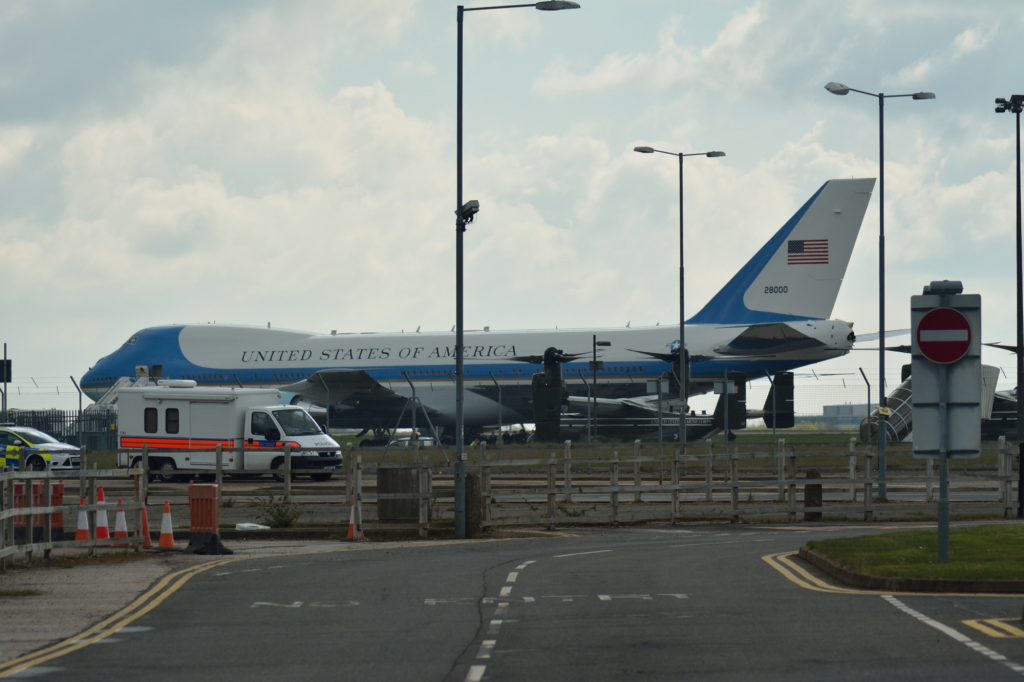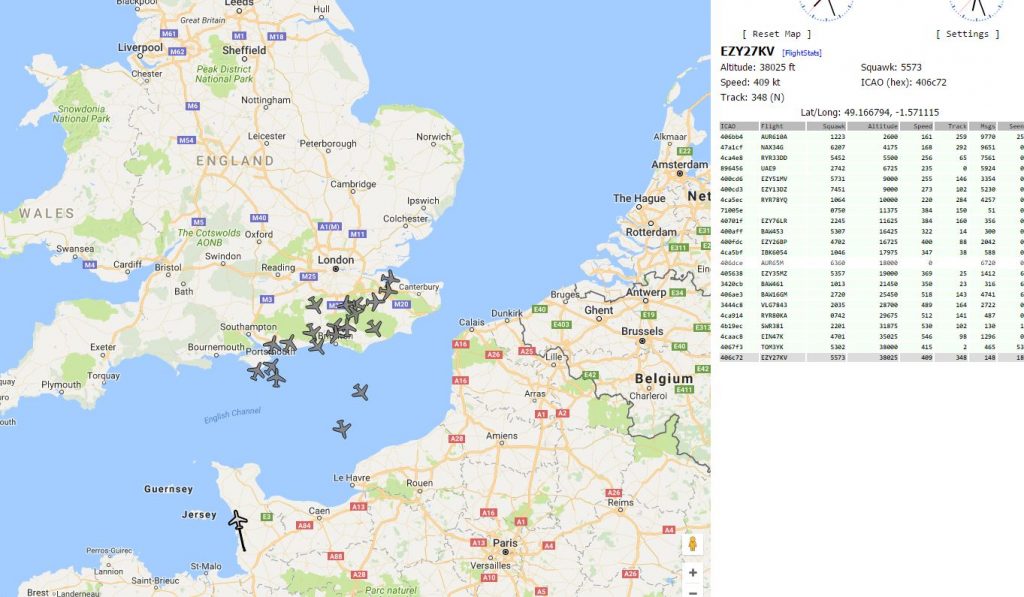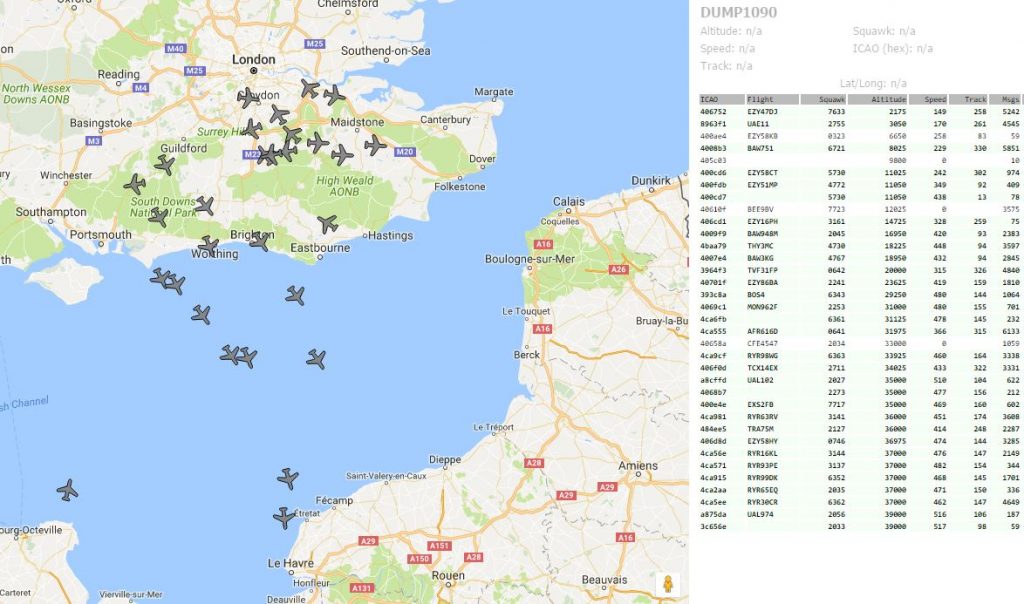I’m interested in aircraft. I don’t know why it started but it’s pretty much always been there. I grew up near Stansted airport and I can remember seeing the Space Shuttle visit in the early 80s, I saw the 747 and Shuttle circle around from the primary school playing field. When I studied art at secondary school every picture of mine contained an aircraft much to my teacher’s annoyance.
Nowadays it’s easy to see aircraft on the web. I have the planefinder app installed on my phone and often tweet when I spot an A380. I only really tweet the A380 as it’s massive and extremely beautiful.
Spotted! 9M-MNF (MH3) using @planefinder https://t.co/eOkZ5aOMBe pic.twitter.com/3IQx0fcfaE
— Ian Parish (@iparish) July 12, 2016
My aircraft thing also meant I travelled to Stansted to see Air Force One take off a few months ago.

I wanted to find a way to see what military aircraft are doing in the skies and I found a website called 360Radar who have this information. The site isn’t open to public yet and I emailed to see if I could get a test account. They said yes.
I like the site. I like the filters and information that I can see. This site relies on people sharing their MLAT data with them and they will offer a free account if you share data. They have a great comprehensive guide to setting up a system that is currently here. I ordered a small aerial and it arrived today. Within about thirty minutes of getting to the computer I was running the data server and sending information to the network.
I have a USB aerial picking up 1090MHz signals from aircraft. I then have a small program running to collate that data and form it into useful data.

You can see that I am picking up an aircraft over Cherbourg which I think is quite impressive. All of my aircraft are south of my position because my aerial is placed in a south window. I will look into moving the aerial to a more central, higher position in the house so that I can pick up aircraft all over!
Here’s another screen grab of the output from my aerial.

How it works
Many aircraft broadcast position information on 1090 MHz. This information comes from the aircraft’s navigation system but does not require the pilot to be involved in the operation of the system. The position of the aircraft is determined by GPS. This output information is called Automatic Dependent Surveillance Broadcast. My little aerial picks this up and reads it. My computer then sends this information to a website which aggregates the information.
For aircraft that don’t output the ADS-B signal their position and direction can be known using multilateration [MLAT]. This involves two or more base stations and measuring the time difference between each station receiving a signal. It’s very clever!
